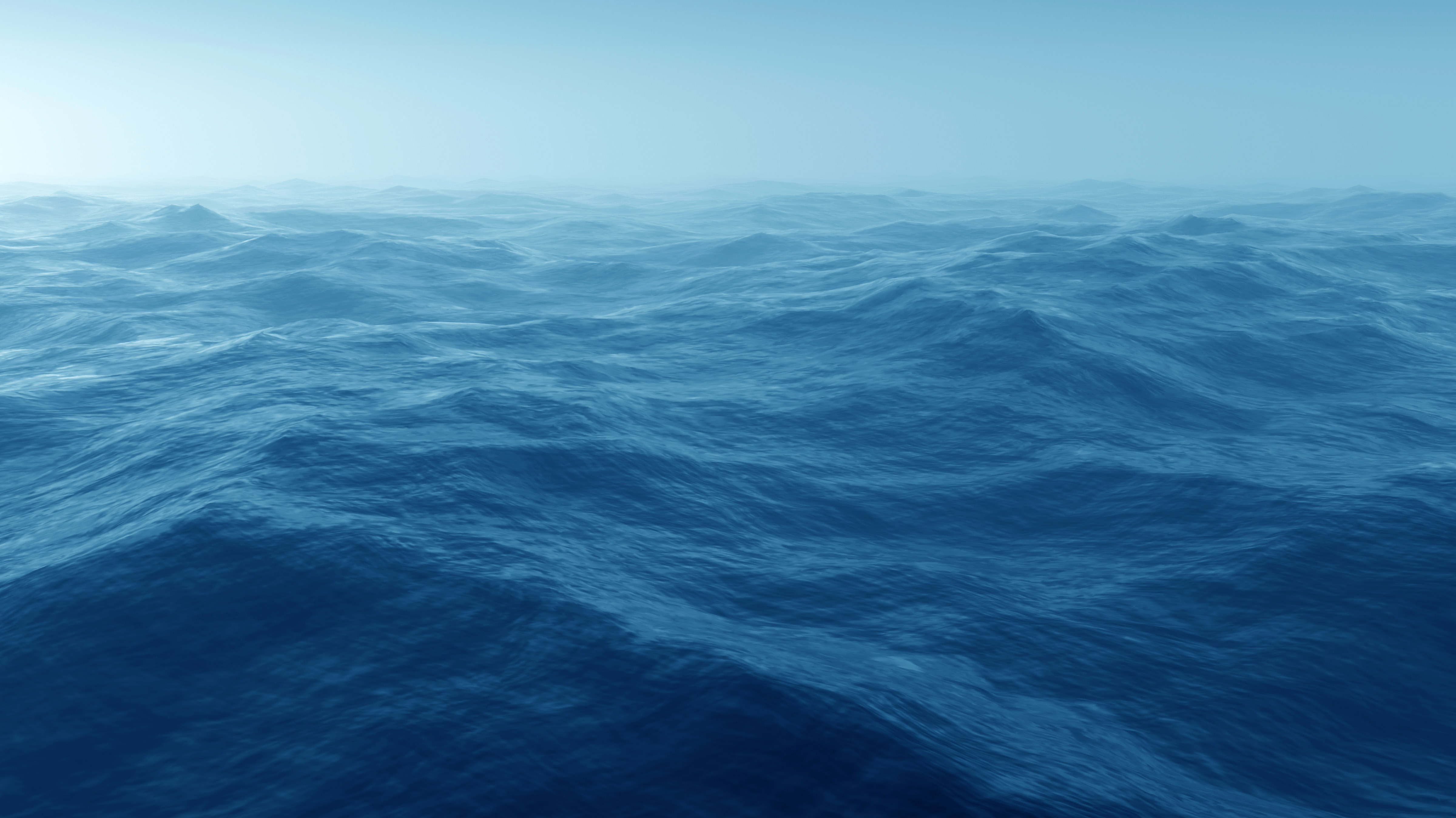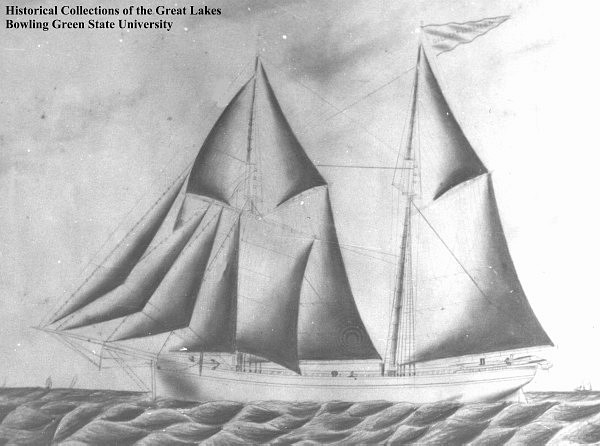N 42° 11.731′, W 086° 25.637′, 8 miles North of Benton Harbor, 52′ deep
Built in Oswego, New York in 1871, the HAVANA was a 306 ton, two-masted schooner. She was built to carry a variety of bulk cargoes on the Great Lakes. During her career, the 135 foot HAVANA ran aground near the thumb in Lake Huron and was subsequently salvaged and repaired at Port Huron.
On October 3, 1887, the HAVANA was bound for St. Joseph from Escanaba with a load of iron ore. Because the seas were running high as she approached St. Joseph, Captain John Curran was unable to safely steer his vessel into the harbor. The captain set anchor just outside the harbor and the hold began to take on water. Unable to signal a tug, the HAVANA drifted north of St. Joseph and foundered. The crew of seven scrambled into the rigging but three men–Captain Curran, Ship’s cook John Morse and seaman Joseph Clint–were drowned when the mainmast fell. The remaining four crew members were eventually saved through the heroic efforts of the crew of the tug HANNAH SULLIVAN. For a complete recounting of this tale, please see Robert C. Myers excellent book, “Lost on the Lakes.”
The HAVANA lies in approximately 52 feet of water eight miles north of Benton Harbor, and about one mile from shore. The upper works of the ship are gone, leaving the keelson and both sides laying flat along the bottom. The starboard side has broken at the chine and lies at a 45 degree angle to the keelson. A series of hanging knees are interesting features on that piece. The port side is also broken at the chine and lies at a slight angle to the keelson. The centerboard trunk is still in place and rises five to six feet above the bottom. Although zebra mussels are colonizing the wreck, there is still much to see. Some divers have attempted to find the ship’s anchor, but have been unable to do so despite the fact they have located anchor chains.
The bottom is primarily fine sand which can be stirred up easily. Different portions of the wreck may be visible as the sand shifts. Burbot and perch are commonly seen at this site.
Some images used with permission of the Historical Collection of the Great Lakes, Bowling Green State University.



